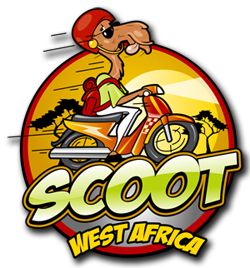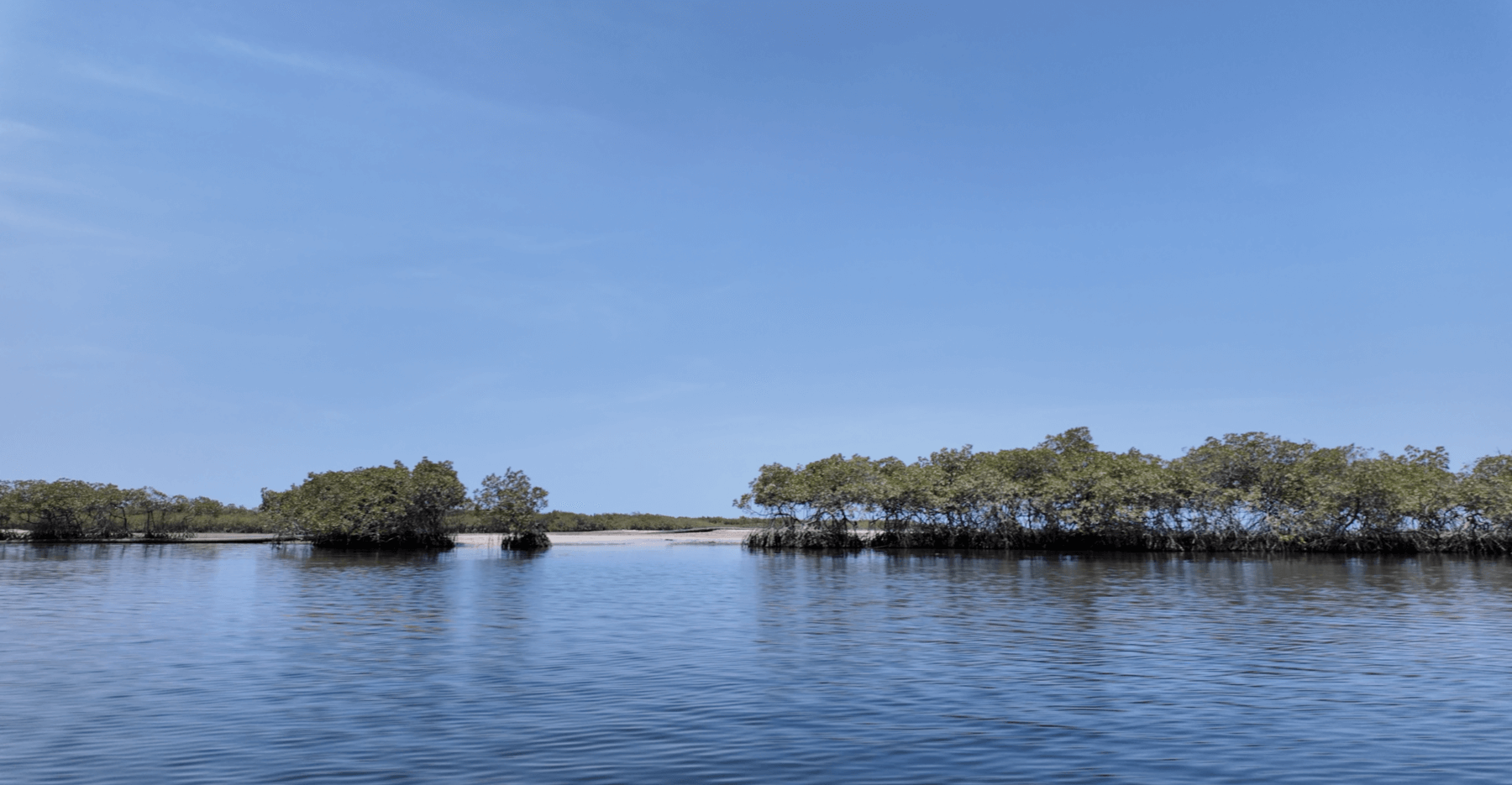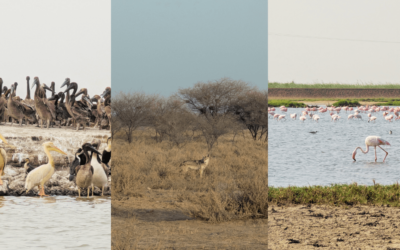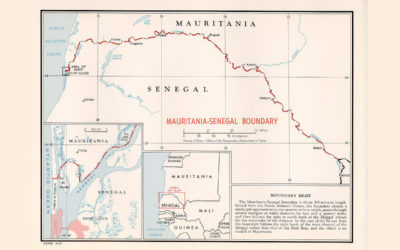Traveling inland from the southern end of Senegal’s Petite-Côte, you soon find yourself in a labyrinth of rivers and creeks interspersed with patches of forest and expansive salt flats. Mangroves cling to every watery land mass, sand bars emerge and recede according to the tides and the seasons, and baobabs tower over small islands, miles from their typical habitat in the dry and dusty scrublands further north.
This is the Sine-Saloum, a reverse estuary fed by the Atlantic by way of the Sine and Saloum Rivers. Over 145,000 hectares of this delta region are a UNESCO World Heritage site. A third of Senegal’s bird species can be found here, to say nothing of the hundreds of thousands of birds that arrive from northern latitudes during the winter months.
The Sine-Saloum is a fixture on all of our Senegal/Gambia trips and even some of our longer itineraries. It’s fairly simple — if a trip is heading south from Dakar or the Petite-Côte, we do not make a bee-line to The Gambia. We spend a couple of days in the Sine-Saloum.
An Alternative Itinerary for the Sine-Saloum
On this particular trip, I was not with clients and we were not on scooters. I was with my wife, our two kids, my wife’s cousin and my mom, who was visiting Senegal for the first time. We arrived in NDangane by road, but I had other ideas in mind for the second leg to Toubakouta.
We spent our first night of the trip at Hakuna Lodge, our go-to on Mar Lodj that rightfully claims it is “situated at the ends of the Earth.” It is a stone’s throw from the Atlantic, but somehow still nestled in the mangroves. We swam and played some football (and foosball), before enjoying a sunset aperitif and an unpretentious dinner of poisson braisé served family style at the large communal tables near the bar. After an exhilarating open-air shower, we fell asleep listening to the nocturnal racket of lapwings and thick-knees.
Breakfast was baguettes served with local jams and honey, digested while watching some early morning bird bath drama (Hakuna is bird paradise). We went for one last swim before packing up our things and hopping on a covered pirogue that would take us further into the Sine-Saloum.
We arranged the boat trip with Hakuna directly. The boat would take us from the lodge on Mar Lodj to our following night’s accommodation in Toubakouta. By road this would have taken us about the same amount of time as the boat trip, roughly 3 hours.
But the boat offered a different experience. We passed by Serrer villages, saw incredible birdlife in the mangroves and even dolphins playing in the distance with the remnants of the boat’s wake. Hakuna prepared sandwiches for us and we were treated to several rounds of attaya, the local tea that is sweetened with a metric ton of sugar and traditionally brewed in three rounds.
Cost and Logistics
The whole trip cost us 120,000 CFA (roughly $200). A car would have been a cheaper, but also a mostly forgettable experience. It’s worth noting that you can hire a cheaper boat in NDangane (70-90,000 CFA depending on your negotiating skills). We were happy to pay the premium for the door to door service, lunch, and Sow’s (the manager of Hakuna) assistance in organizing.
After three hours, we arrived at the jetty of Les Paletuviers, an admittedly bougie boutique hotel that I chose as a belated mother’s day gift to my wife and my mom who was visiting us from the states.
If you are traveling with family, this pairing — the adventurous but comfortable boat trip that drops you off at the gentlest of landing pads in Les Paletuviers — is an unbeatable one-two punch. My mom still brings up the boat trip as one of the highlights on her trip to Senegal.
If you have some extra cash to spare (or a good sized group that can split costs), consider this alternative Sine-Saloum itinerary.




0 Comments